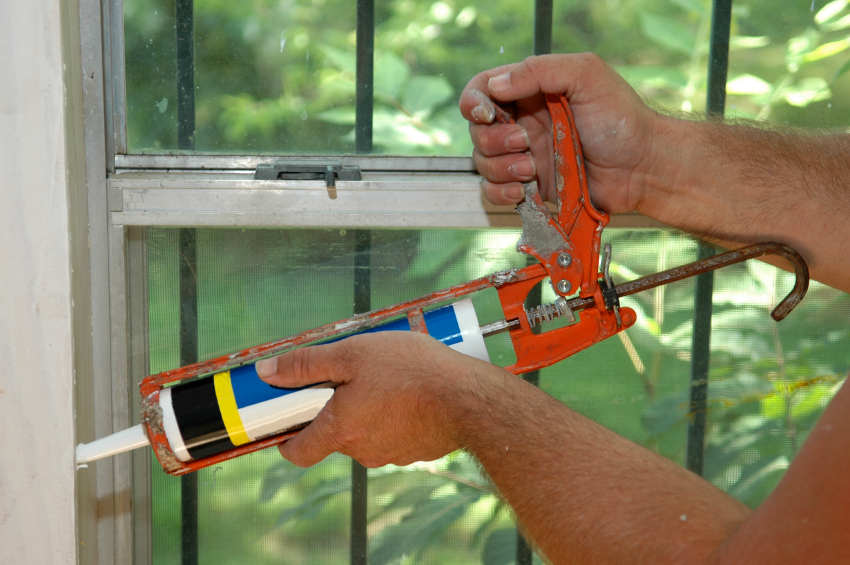You are sitting in your cozy living room on a chilly winter day as the beautiful snow falls slowly from the grey sky. Cuddled up by the fireplace, reading your favorite novel when all of the sudden, a chill runs through your body. What should have been a relaxing experience has now turned into a race to the closet to throw on some more layers. But where is the cool breeze coming from? New homes built today are well sealed and are energy efficient keeping the heat in and the cold out. But for some of us with older homes, leaks can waste a lot of energy resulting in an increase in your utility bill and a decrease in the comfort of your home during the winter months.
https://www.energystar.gov/index.cfm?c=home_sealing.hm_improvement_sealing
The good news is that most common leaks can be fixed fairly easily with some products sold at your local hardware store. There are, however, some leaks that may be more expansive and may need a professional to correct. Today we will focus on the common causes of cold air leaks. The majority of the leaks of cool air into the home are found around windows and doors. Here is a link that shares some Do-It-Yourself leak tests that you can perform to determine if you windows and doors are leaking.
https://lifehacker.com/how-to-check-your-windows-and-doors-for-costly-air-leak-1424223260
A few ways to keep that cool draft at bay is to caulk around the window frames inside and outside. Using weather stripping around your doors will assist with stopping the cool air from getting in through gaps in between the door and the frame. There is also window stripping that can seal the base of the window, as well as plastic window treatments that cover the entire window. Here is a quick video that shows you how to complete these simple solutions to this costly problem.
http://www.diynetwork.com/how-to/rooms-and-spaces/doors-and-windows/weatherizing-doors-windows
And after these leaks are fixed, you can sit back, cozy up to the fire, read your novel and stay warm!


